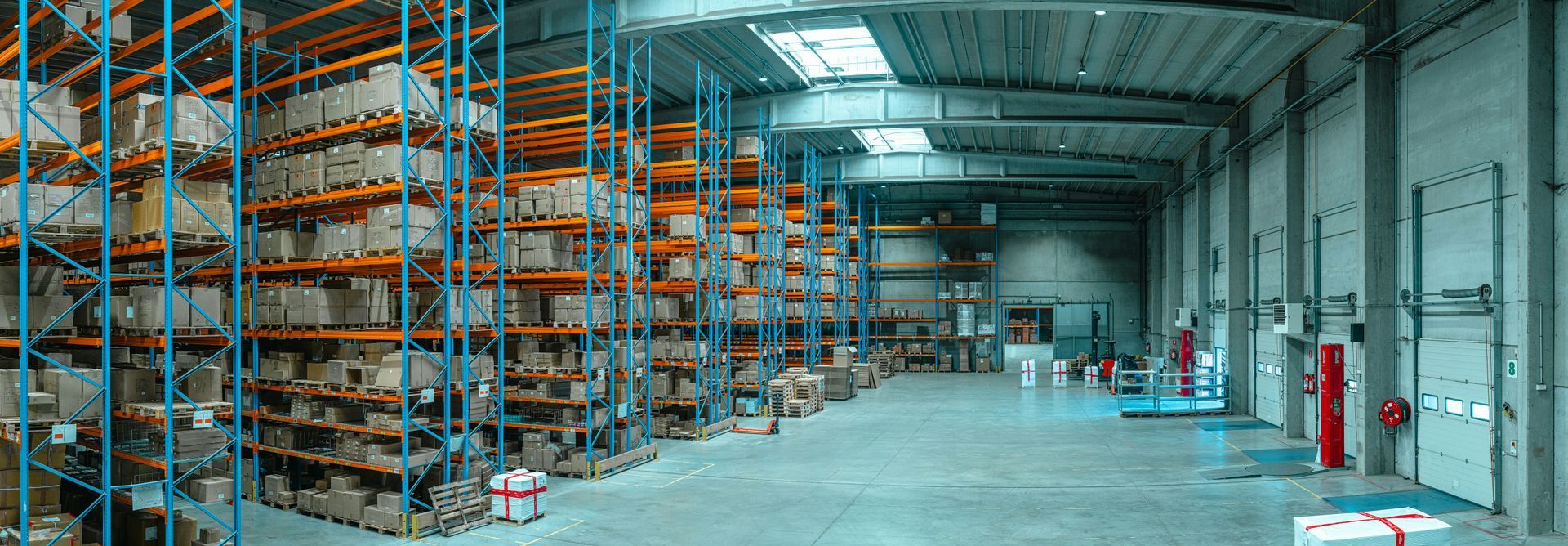How Packaging Affects Supply Chain Efficiency and Costs
Baraka • September 25, 2024
How Packaging Affects Supply Chain Efficiency and Costs
Introduction
Packaging is a crucial element in the modern supply chain, influencing not only product protection but also the efficiency and associated costs of logistics. Its design and selection directly impact how products are transported, stored, and delivered, thus affecting the profitability of businesses.
The Role of Packaging in the Supply Chain
Packaging not only protects the product but also facilitates transportation and storage. Proper design can enhance customer perception and optimize logistics costs, making it a key component for business success.
Impact of Packaging on Logistics Efficiency
Optimized packaging maximizes space utilization during transportation and storage, reducing costs. Additionally, it improves handling times by facilitating the loading and unloading of products, thereby decreasing the manual labor required.
Direct and Indirect Costs Related to Packaging
The costs associated with packaging include:
- Direct Costs: Materials and labor for manufacturing the packaging.
- Indirect Costs: Impact on transportation and storage due to the space occupied by the packaging.

Production Costs of Packaging
The type of material and design of the packaging influence production costs. While a more robust package may have a higher initial cost, it can prevent losses due to damage during transportation.
Impact on Transportation Costs
The volume and weight of packaging are critical determinants of transportation costs. A lighter package allows for more products to be transported per shipment, which reduces overall logistics costs.
Storage Costs
An efficient packaging design allows for more products to be stored in less space, which in turn decreases storage costs.
Packaging and Sustainability
Sustainability is a critical issue in today’s logistics. Using recyclable or biodegradable materials not only reduces environmental impact but can also lead to long-term savings by decreasing waste and disposal costs.
Cases of Inefficiency Due to Poor Packaging Design
Poor design can result in significant inefficiencies, such as taking up too much space during transport or insufficiently protecting the product, leading to damages and additional costs.
How to Improve Packaging to Optimize Costs
To optimize packaging design, consider the following strategies:
- Selection of Appropriate Materials: Choose lightweight yet durable materials.
- Ergonomic Design: Create easy-to-handle packages that improve loading and unloading times.
- Applied Technology: Incorporate technologies like RFID or IoT to monitor products during transport.
Packaging and Product Safety
Good packaging is essential for protecting products during transportation. Investing in proper design can significantly reduce losses due to damage, thereby improving profit margins.
Packaging and Customer Perception
Packaging has a psychological impact on customers. An attractive design not only protects but also enhances customer experience and reinforces brand image.
Innovations in Packaging and Their Effect on the Supply Chain
Innovations such as smart packaging with sensors are improving logistics efficiency and reducing long-term costs. These technologies allow for better tracking and control throughout the logistics process.
Benefits of Efficient Packaging in the Supply Chain
Efficient packaging offers multiple benefits:
- Improved Productivity: Optimizes space usage and reduces handling times.
- Long-term Cost Reduction: Fewer product damages and lower logistical expenses.
Common Challenges in Implementing Packaging Improvements
While improvements can bring clear benefits, implementing them is not without challenges. Key hurdles include adapting existing logistical processes and facing initial implementation costs.
Future Trends in Packaging Design
Future trends point towards biodegradable packaging and increased automation in packaging production, contributing to an even more efficient and sustainable supply chain.
Customized Packaging: Pros and Cons
Customized packaging can help build customer loyalty but may also increase production costs. Companies need to weigh these factors to determine if this investment is worthwhile.
Conclusion
Packaging is a determining factor in the efficiency and costs of the supply chain. Well-designed packaging not only protects products but also optimizes transportation and storage, reduces expenses, and improves sustainability. In the long run, investing in efficient packaging results in a more profitable and competitive supply chain.
How does package size influence transportation costs?
Size determines how many products can be transported per shipment; a compact size can significantly reduce these costs.
What materials are more sustainable for packaging?
Recyclable materials like cardboard or compostable plastics are more sustainable options compared to traditional plastics.
How does packaging affect storage?
Good design allows for more products to be stored in less space, thus reducing costs.
What is smart packaging?
Smart packaging incorporates technology to monitor product status during transport.
What technological innovations are improving packaging?
Innovations such as RFID and IoT are enhancing control and traceability throughout the logistics chain.



